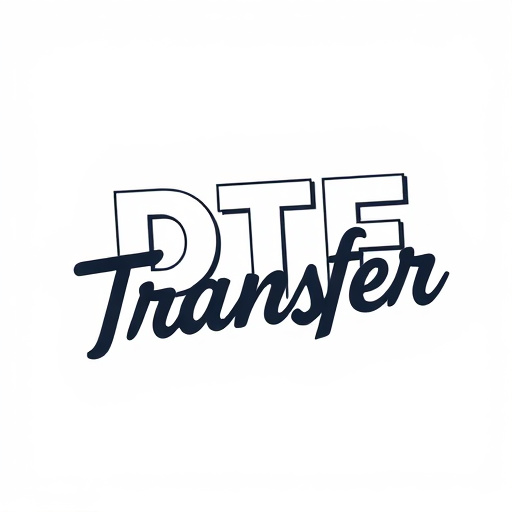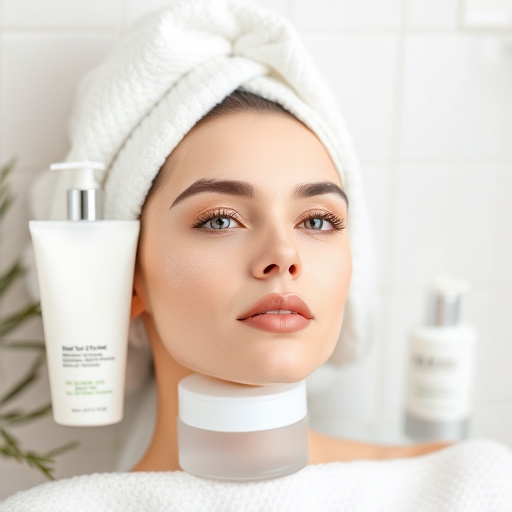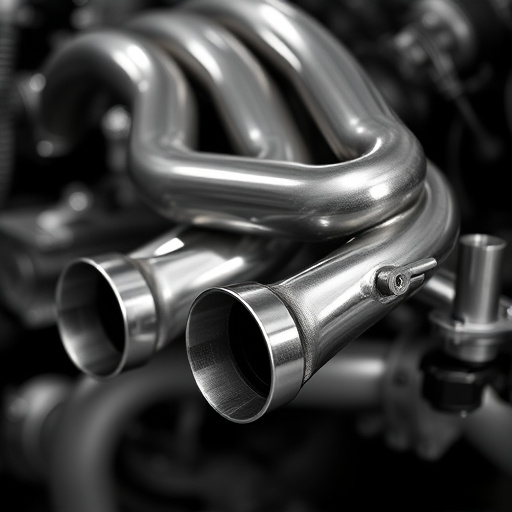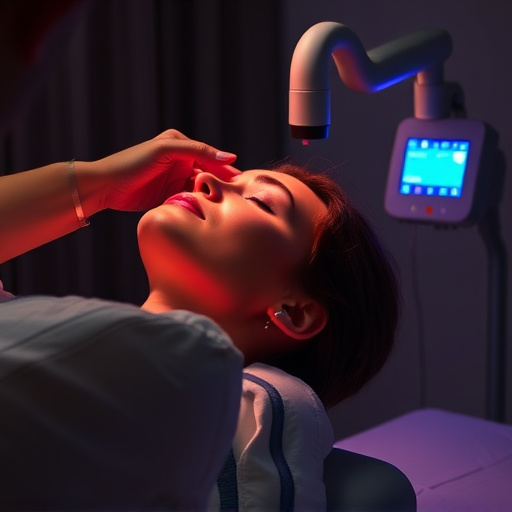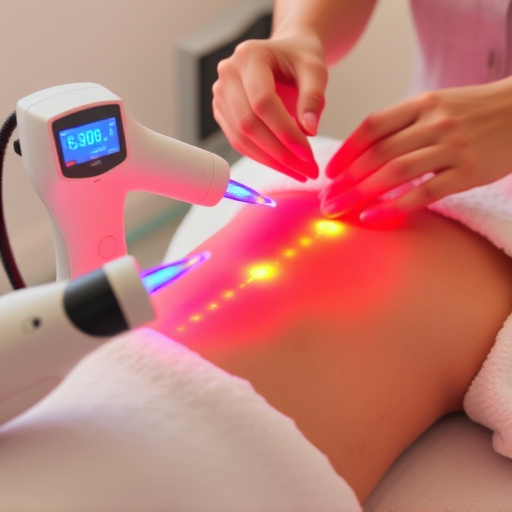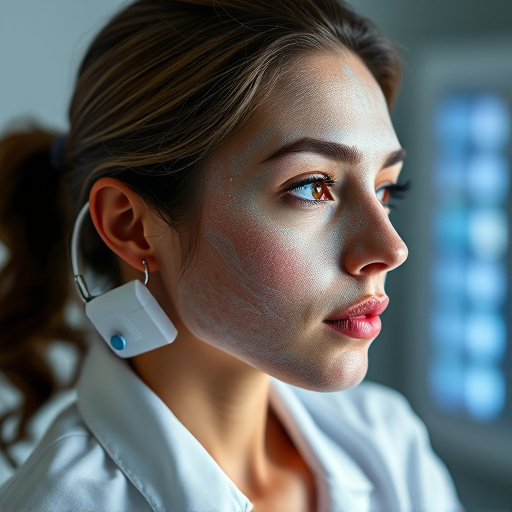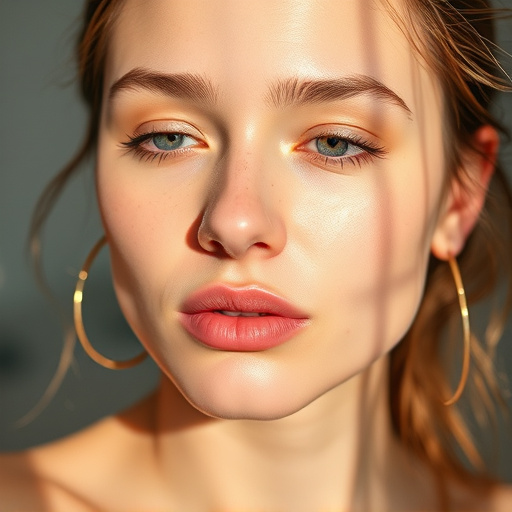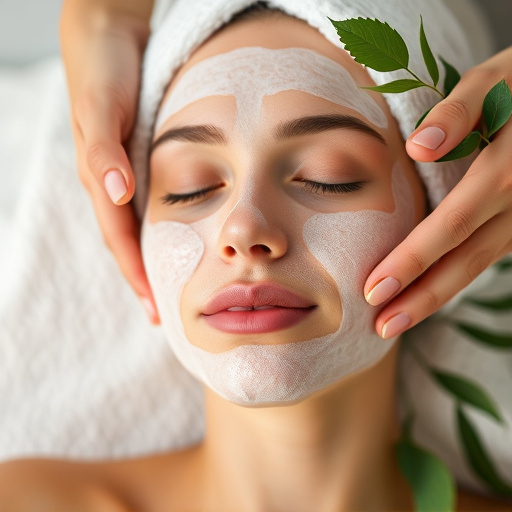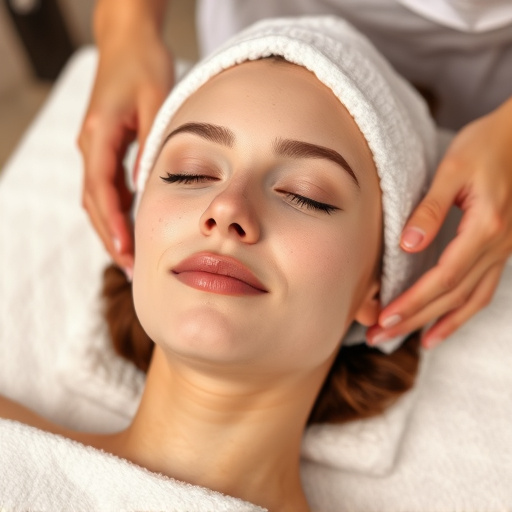The upper lip hair growth cycle comprises three phases (anagen, catagen, telogen), impacting the effectiveness of removal methods. Temporary solutions like waxing last 2-4 weeks, while permanent methods like laser treatments offer longer durations (months to years). Skin care and regular maintenance extend treatment lifespans; proper hydration, diet, and sun protection enhance results. Combining anti-aging treatments can further improve the success of upper lip hair removal.
Curious about how long your upper lip hair removal results will last? Understanding the upper lip hair growth cycle is key. On average, hair grows approximately 0.17 inches per week, reaching its maximum length in about 2-3 months. Various factors, including genetics and hormonal changes, influence duration.
This article explores these dynamics, offers insights on maintaining results, and discusses effective strategies for long-lasting upper lip hair removal.
- Understanding Upper Lip Hair Growth Cycle
- Factors Influencing Results Duration
- Maintenance and Longevity of Hair Removal Treatments
Understanding Upper Lip Hair Growth Cycle
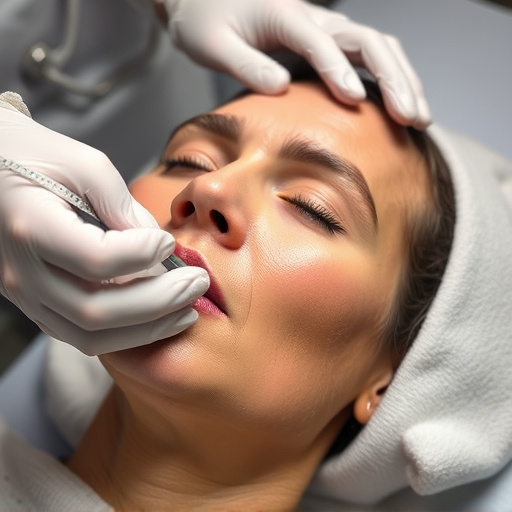
The growth cycle of hair on the upper lip, like other parts of the body, follows a natural rhythm. Understanding this cycle is key to managing and anticipating results from any upper lip hair removal method. The process begins with the anagen phase, where hair follicles are active and actively produce hair. This phase can last anywhere from 2 to 8 years, varying from person to person. During this time, hairs grow rapidly and can reach their maximum length. Once the anagen phase ends, hair enters the catagen stage, a short transition period lasting about 2-3 weeks during which the follicle shrinks and cuts off nutrients to the hair. This is followed by the telogen phase, where the hair rests and eventually falls out naturally.
This cycle explains why different upper lip hair removal techniques have varying durations of effectiveness. For example, methods like waxing or threading can only remove hairs in the anagen phase, leading to results that last for about 2-4 weeks. More permanent solutions, such as microneedling therapy and laser treatments, target deeper follicles to interrupt the growth cycle at different stages, resulting in longer-lasting outcomes that can extend from several months to years with proper upkeep and personalized skincare routines focused on maintaining skin health.
Factors Influencing Results Duration
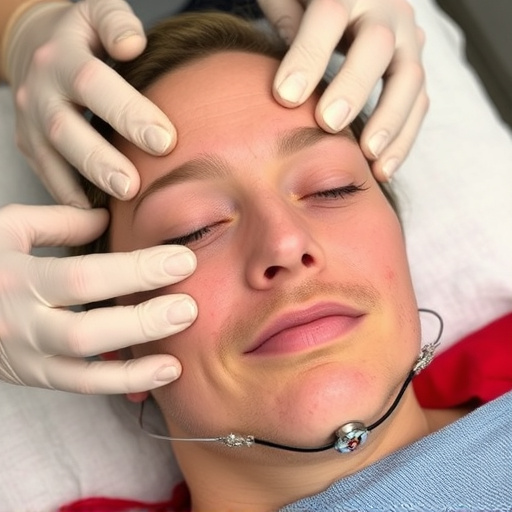
Several factors influence how long upper lip hair removal results last. One key factor is the method used for hair removal. Different techniques have varying efficacy and longevity. For instance, waxing typically provides results that last about 2-4 weeks, while shaving offers only temporary relief as hair grows back within a few days. More permanent solutions like laser hair removal or intense pulsed light (IPL) treatments can deliver lasting reductions in hair growth, with results lasting from several months to years, depending on the individual’s skin type and hair thickness.
Another factor is the specific characteristics of one’s skin and hair. People with thicker hair or faster-growing hair may experience shorter-lasting results, as the hair grows back more quickly. Additionally, skin conditions like acne or sensitive skin can impact the effectiveness and duration of hair removal treatments. Incorporating procedures such as chemical peels or microneedling therapy can enhance the results of upper lip hair removal by improving skin texture and promoting healthier hair growth, though these may require regular maintenance sessions to maintain optimal outcomes.
Maintenance and Longevity of Hair Removal Treatments
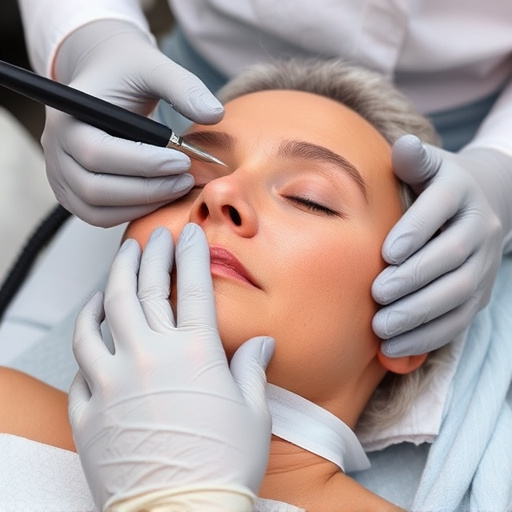
The longevity of upper lip hair removal results largely depends on the method chosen and individual factors like hair thickness and skin sensitivity. Waxing, a popular choice for many, typically offers results that last anywhere from 2 to 4 weeks, with regular sessions needed to maintain smooth skin. Laser hair removal, on the other hand, presents longer-lasting solutions, with effects lasting up to several months per treatment, sometimes even years with additional sessions.
Regular maintenance plays a significant role in maximizing the longevity of these treatments. Staying hydrated, maintaining a healthy diet, and avoiding excessive sun exposure can contribute to skin brightening and overall skin health. Moreover, for those concerned about signs of aging, incorporating anti-aging treatments alongside hair removal can enhance results, promoting smoother, firmer skin and potentially improving the effectiveness of subsequent upper lip hair removal sessions.
Upper lip hair removal results can vary based on individual factors, but with consistent maintenance, treatments can last for several weeks to months. Understanding the hair growth cycle and identifying influencing factors is key to maximizing the longevity of your desired smooth upper lip. Regular upkeep and following professional advice ensure continued effectiveness, making upper lip hair removal a convenient and long-lasting beauty solution.
